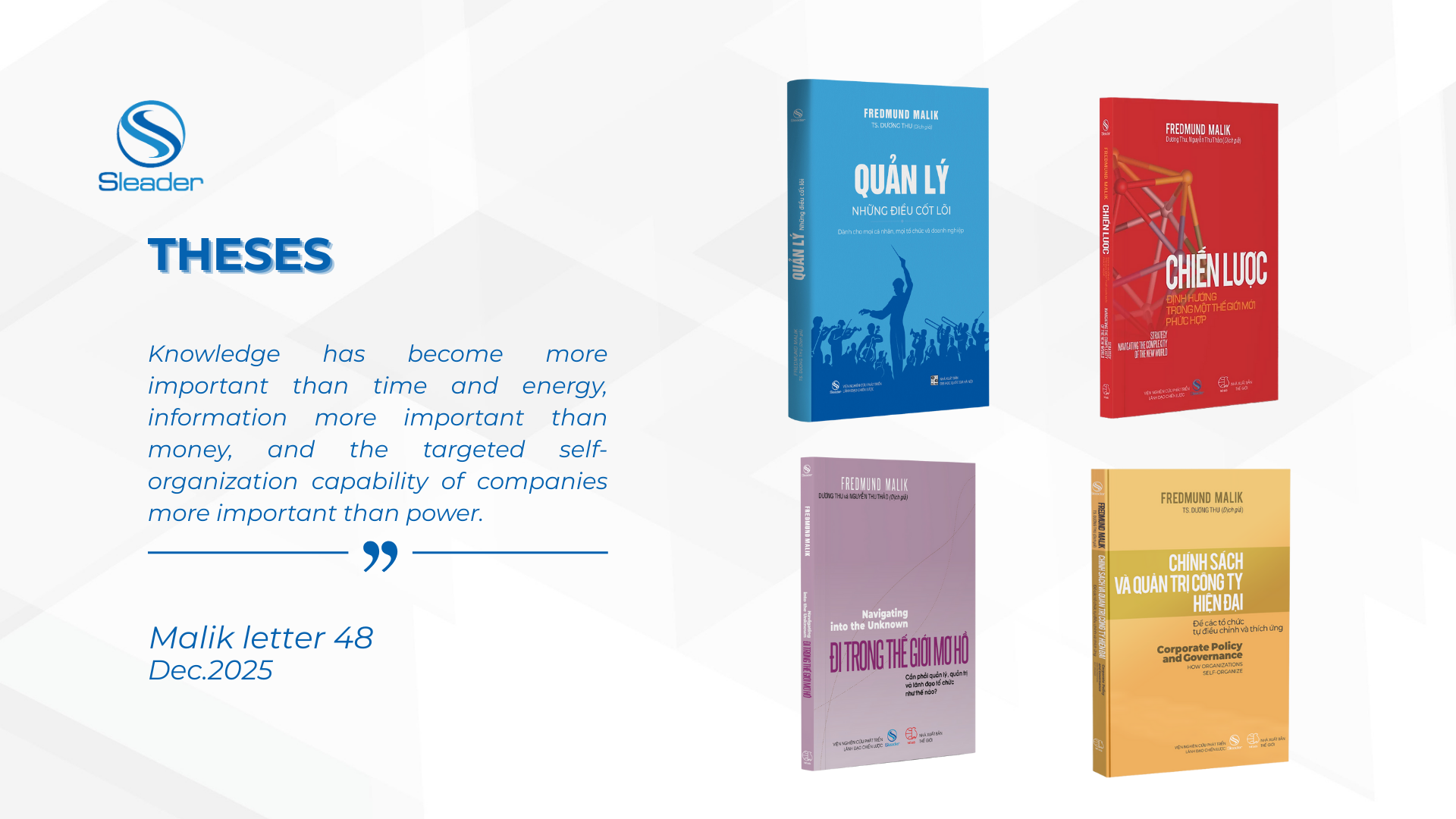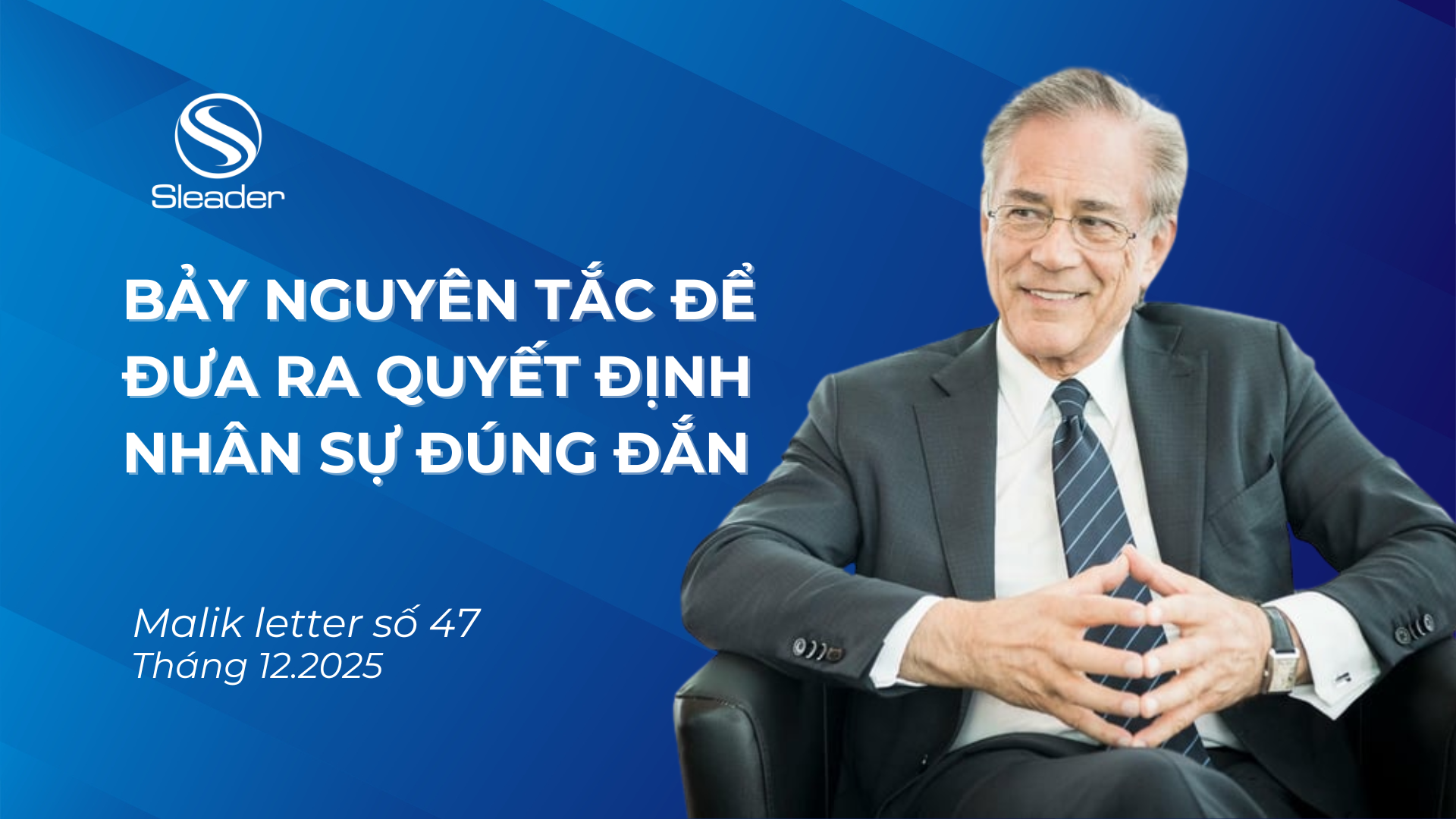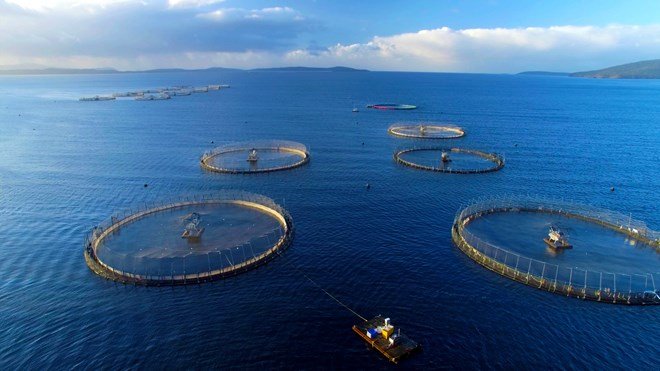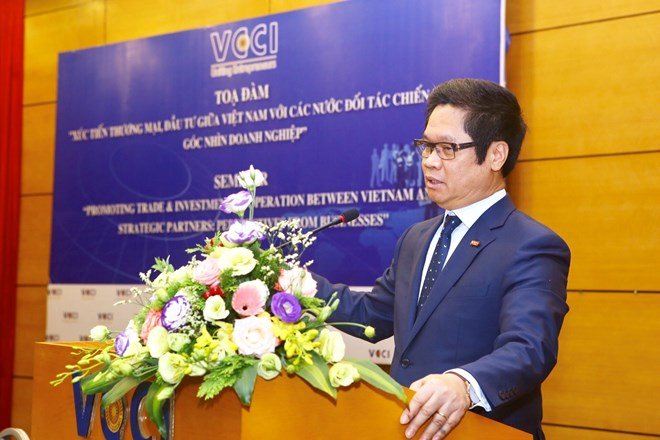
Strategic Resource Allocation and Utilization – The key to disruptive results
Successful implementation of strategy depends on the talented leadership of the administrator. In particular, if it is impossible to identify the right strategic resources in hundreds of other common resources, it is difficult to deploy the right strategy. Moreover, after distinguishing strategic resources, managers must know how to allocate and use that resource wisely and creatively to produce great breakthrough results. The following stories will help deepen the benefits of strategic resource allocation and use.
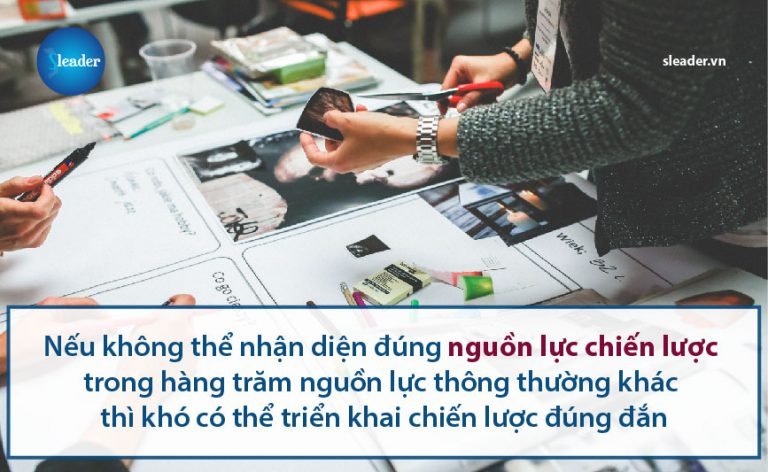
Since ancient times, talent has always been considered an important factor, decisive to the prosperity – failure of an organization or a country. “Natural resources are the national gas, if the natural gas is prosperous, the country will be strong and prosper, if the natural gas is in decline, then the country is weak but low” Dr. Than Nhan Trung\’s inscribed on the first stele of Dr. Nham Tuat Faculty (1442) affirmed his father\’s wisdom. Therefore, in the nation\’s history of building and defending the country, outstanding talents have appeared, creating resounding victories. For example, Ly Thuong Kiet – from an inner-city official, was highly appreciated by King Ly Thanh Tong and became a famous general in the national history with the victory of the Song army and the famous poem of god on Nhu Nguyet river. Not only that, he also demonstrated his talent in peacetime through policies that gained popularity, won 5 continents, 6 districts, 3 sources, 24 caves in Asia, Chau Hoan (Thanh Hoa, Nghe An day). now on). Or the Tran dynasty with 3 victories over the Nguyen Mong army showed very clearly their bravery to use talented people. Although Hung Dao\’s father, Vuong Tran Quoc Tuan, had a grudge and had pleaded with his son to take revenge on the king, King Tran Thai Tong still trusted him and assigned Quoc Cong moderating (Military Commander) to him to fight dissolve the enemy in two resistance wars (second, third).

Attracting and using talents is the top priority of organizations in particular and countries in general. In order to hold the position of superpower in economics, science and technology, the US government has made many great investment policies on education, treatment, discovery, use and attraction of talented people from all over the world to study. Internship, research, and work for the United States such as providing scholarships for international students to study and pay high salaries and bonuses. A typical example of talent working in the US is billionaire Elon Musk. From his hometown of South Africa, he embraced his ambition for the United States from a young age – “a land of opportunities, where all the great technology is created” (billionaire Musk told Bloomberg). After studying here, he has recognized the development trend of humanity: “One is the Internet, the second is renewable energy, the third is conquering space.” He has had success with big companies like Paypal, SpaceX and Tesla Motors. For example, SpaceX became the first private company to successfully bring astronauts into space without Russian help on May 31, 2020. That demonstrates the infinite power of knowledge in technological invention and marks the beginning of an era of bringing people into space at a much lower cost: SpaceX\’s space ticket is $ 55 million, in when Boeing is $ 90 million, Russia is $ 86 million.
Technological know-how is also a strategic resource of great benefit in the organization. The creation of technological know-how is the core of the uniqueness and difference in strategy. However, with the same know-how but different ways of using it, the effect will not be the same. Folk once handed down the story of a laundry worker possessing an esoteric remedy that only needs to be rubbed on his hand to prevent cold, so he can wash clothes very efficiently in winter. Knowing the reputation of that drug, a general bought the recipe for the recipe, let the soldiers dab it on his body and swam across the river in the cold winter, capsized and conquered the enemy castle. With the same recipes, the remedy can only help a laundry worker make a living, but it can help the general conquer the whole world.
Likewise is the story of Coca Cola. Coca Cola was originally formulated by pharmacist John Pemberton in the late nineteenth century with the aim of creating drinks sold in his shop. However, American businessman Asa Griggs Candler later bought the oral drug recipe, and with clever marketing strategies, he made Coca-Cola one of the market leaders in water. Twentieth century carbonated sweet and a famous soft drink, consumed in more than 200 countries today.
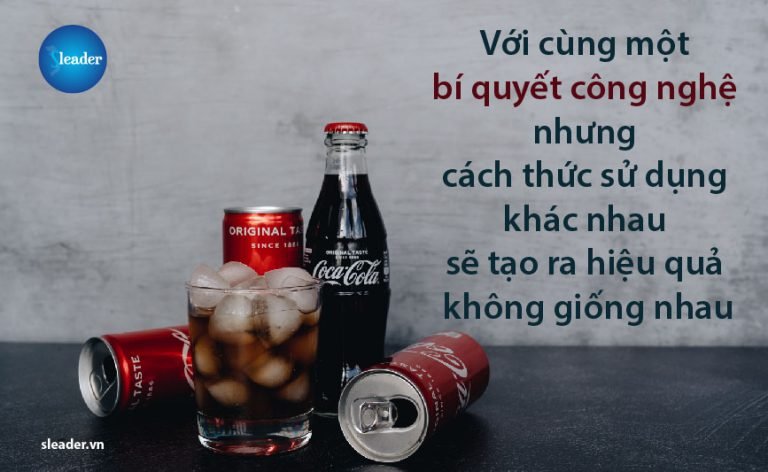
Attracting and using talents is the top priority of organizations in particular and countries in general. In order to hold the position of superpower in economics, science and technology, the US government has made many great investment policies on education, treatment, discovery, use and attraction of talented people from all over the world to study. Internship, research, and work for the United States such as providing scholarships for international students to study and pay high salaries and bonuses. A typical example of talent working in the US is billionaire Elon Musk. From his hometown of South Africa, he embraced his ambition for the United States from a young age – “a land of opportunities, where all the great technology is created” (billionaire Musk told Bloomberg). After studying here, he has recognized the development trend of humanity: “One is the Internet, the second is renewable energy, the third is conquering space.” He has had success with big companies like Paypal, SpaceX and Tesla Motors. For example, SpaceX became the first private company to successfully bring astronauts into space without Russian help on May 31, 2020. That demonstrates the infinite power of knowledge in technological invention and marks the beginning of an era of bringing people into space at a much lower cost: SpaceX\’s space ticket is $ 55 million, in when Boeing is $ 90 million, Russia is $ 86 million.
Technological know-how is also a strategic resource of great benefit in the organization. The creation of technological know-how is the core of the uniqueness and difference in strategy. However, with the same know-how but different ways of using it, the effect will not be the same. Folk once handed down the story of a laundry worker possessing an esoteric remedy that only needs to be rubbed on his hand to prevent cold, so he can wash clothes very efficiently in winter. Knowing the reputation of that drug, a general bought the recipe for the recipe, let the soldiers dab it on his body and swam across the river in the cold winter, capsized and conquered the enemy castle. With the same recipes, the remedy can only help a laundry worker make a living, but it can help the general conquer the whole world.
Likewise is the story of Coca Cola. Coca Cola was originally formulated by pharmacist John Pemberton in the late nineteenth century with the aim of creating drinks sold in his shop. However, American businessman Asa Griggs Candler later bought the oral drug recipe, and with clever marketing strategies, he made Coca-Cola one of the market leaders in water. Twentieth century carbonated sweet and a famous soft drink, consumed in more than 200 countries today.

So how to attract talent and have unique technological know-how? That depends on the next strategic resource manipulate the distribution of benefits . Strategy administrators need to study and find the right benefit delivery mechanism in strategy implementation activities. The benefit distribution mechanism will create great motivations, promote creativity and attract talent. The reality of economic development in our country over the past years has also proven that when changing the mechanism of the distribution of economic benefits. For example, in the agricultural sector, with the mechanism of contracting households, the State assigns long-term land use rights to farmers, along with other policies, making our country, from a country lacking food, to import food, become a major rice exporter in the world.
Another proof is the equitization of state-owned enterprises. Equitization has fundamentally changed the benefit distribution mechanism for state-owned enterprises, and the financial performance has been significantly improved. Specifically, the average 3-year ROE (return on equity) after equitization and divestment reached 15.4%, higher than 12.4% of the previous period (according to statistics of Yuanta Securities Vietnam Company Limited regarding the equitization from 2005 to the present.
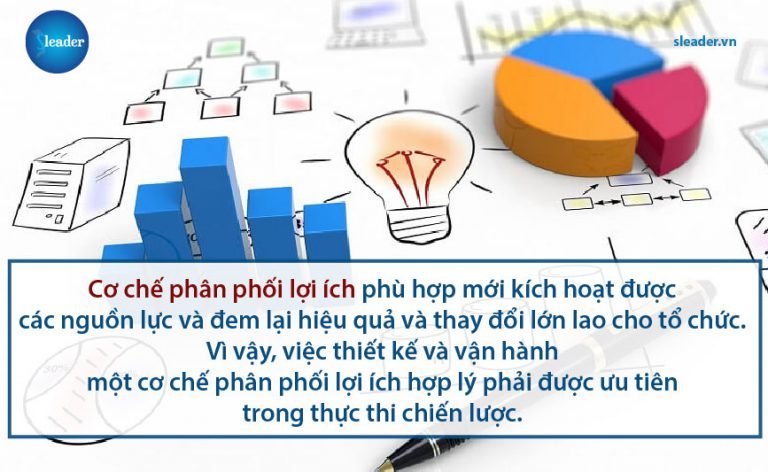
The above-mentioned evidence shows that the appropriate benefit distribution mechanism can activate resources, bring efficiency and great changes to the organization. Therefore, designing and operating an appropriate benefit distribution mechanism must be a priority in the implementation of the strategy.
In a nutshell, in order to properly allocate and use strategic resources, leaders must have a clear vision of priorities and trade-offs, and must be brave enough to overcome personal “ego” in the using talents, activating resources by the benefit distribution mechanism, finding technological know-how to differentiate products and services.
Source: Institute of Strategic Leadership (SLEADER)

